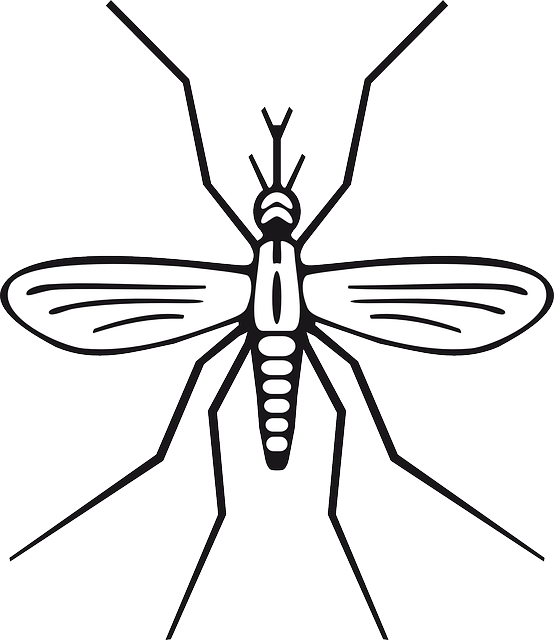This text provides a comprehensive guide to effective pest control strategies. It emphasizes understanding pests' behaviors and habits, like ants' scent trails and rodents' needs, for successful prevention. Key measures include regular cleaning, sealing entry points, and eliminating hiding spots. Early signs of infestation, such as chewing damage or strange noises, should prompt swift action by contacting professional pest control services to avoid health risks.
The guide recommends a dual strategy focusing on both indoor and outdoor environments. Indoors, seal entry points, clean regularly, and store items in airtight containers. Outdoors, maintain a clean yard, use natural repellents like citrus peels or essential oils, and consider organic solutions such as boric acid, diatomaceous earth, or neem oil.
Natural pest control solutions are accessible, with plants like lavender, mint, basil, and lemongrass acting as powerful deterrents. Essential oils from these plants can be incorporated into homemade sprays for chemical-free management. Professional pest control services offer advanced knowledge, eco-friendly integrated pest management (IPM) strategies, and ongoing monitoring for a safe, healthy environment.
Seasonal adjustments are crucial for long-term prevention, with warmer months requiring more attention to mosquitoes, ants, and spiders, while colder seasons necessitate proper insulation and sealing entry points. Staying vigilant through regular inspections, addressing entry points and food sources, and trusting licensed professionals who employ safe, environmentally conscious pest control practices is essential for effective management.
Government regulations ensure pest control safety, covering chemical usage, hazard handling, application methods, and personal protective equipment (PPE). Adopting eco-friendly methods that integrate natural predators and organic repellents minimizes ecological impact while maintaining a balanced ecosystem and safer communities.
Pest prevention is a crucial aspect of maintaining a healthy home and yard. Understanding common pests, their behaviors, and early signs of infestation can significantly reduce potential damage. This article provides a comprehensive guide to effective preventive measures, from natural repellents and organic solutions to the role of professional pest control services. We also cover seasonal tips, common mistakes to avoid, government regulations, and eco-friendly practices for sustainable pest control, ensuring you have the tools needed to protect your space year-round.
Understanding Common Pests and Their Behavior
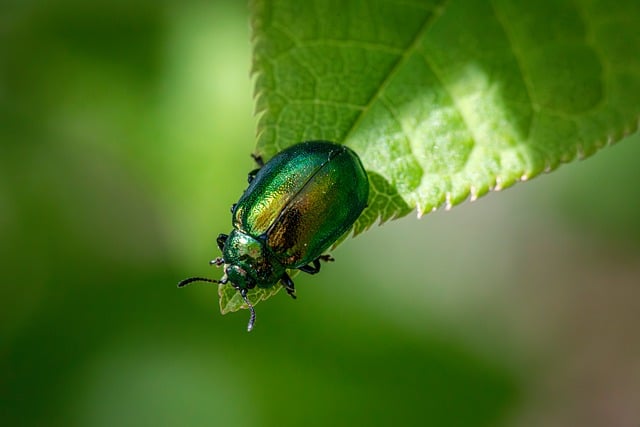
Pest control is a comprehensive process that requires understanding the habits and preferences of common pests. By knowing where they live, what they eat, and how they reproduce, homeowners and businesses can implement effective prevention strategies. For instance, ants are highly organized creatures that follow scent trails left by their colony members. They are attracted to sweet substances and often enter homes in search of food, especially during warmer months. Regular cleaning, sealing entry points, and keeping areas free from debris can significantly deter these pests.
Similarly, rodents like mice and rats are drawn to sources of water, food, and shelter. They can squeeze through tiny gaps, making even the smallest openings a potential entry point into homes. Preventative measures such as securing trash cans, sealing off pipes and vents, and eliminating potential hiding spots in attics or walls can help keep these pests at bay. Understanding their behaviors allows for better preparation and more successful pest control efforts.
Identifying Signs of Pest Infestation Early On
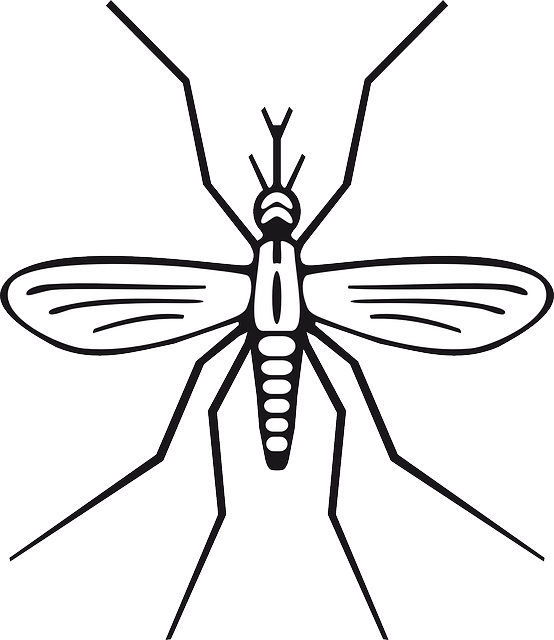
Recognizing the early signs of a pest infestation is crucial for effective pest control. Homeowners and property managers should stay vigilant and keep an eye out for any unusual activities or visible indications. Pests like rodents, insects, or termites often leave behind telltale signs, such as chewing or damage to wood, strange noises in walls, or the presence of eggshells or droppings. Regular inspections, especially in areas prone to pest activity, can help catch infestations early when treatment is most successful and less invasive.
Prompt action is key to preventing widespread pest problems. If you notice any of these signs, it’s important to act swiftly by contacting professional pest control services who can identify the specific pest and employ targeted treatments. Early intervention can save you time, money, and potential health risks associated with pest infestations.
Effective Preventive Measures for Your Home and Yard
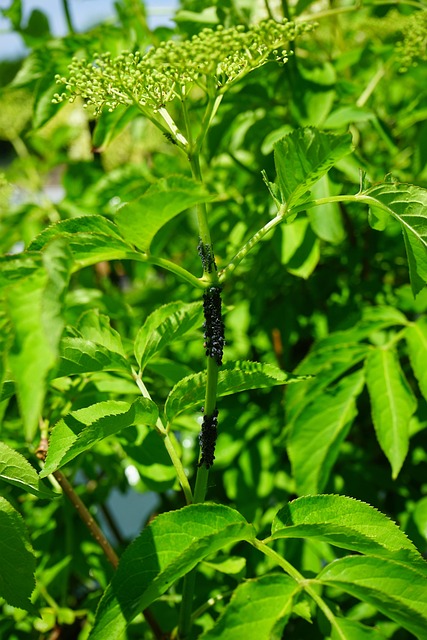
Implementing effective pest control starts with a comprehensive approach that combines both indoor and outdoor strategies. For your home, begin by sealing entry points such as cracks, gaps in doors or windows, and vents. Regular cleaning and sanitizing are also crucial to eliminating food sources and breeding grounds for pests. Store items, especially food, in airtight containers to minimize attraction.
In your yard, maintain a clean environment by regularly trimming grass and shrubbery, as overgrown vegetation can serve as hiding spots for pests. Remove potential water sources like stagnant pools or clogged gutters, as standing water is a breeding ground for mosquitoes and other insects. Consider using natural repellents like citrus peels or essential oils to deter common invaders without resorting to chemical-laden pest control products.
Natural Repellents and Organic Solutions

Pest control doesn’t always have to involve chemical treatments. Many natural repellents and organic solutions offer effective alternatives for keeping pests at bay. Plants like lavender, mint, basil, and lemongrass are known to deter a wide range of insects, from mosquitoes to ants, thanks to their strong scents that many pests find unpleasant.
Essential oils derived from these plants can be used in homemade sprays or diffusers. Other organic solutions include using boric acid, diatomaceous earth, or neem oil, which disrupt the growth and reproduction of various pests. These natural methods not only reduce exposure to harmful chemicals but also promote a healthier living environment, making them appealing choices for those prioritizing eco-friendly pest control.
The Role of Professional Pest Control Services

When it comes to pest prevention, especially in homes or commercial spaces, relying on professional pest control services is invaluable. These experts possess the knowledge and tools to identify even the most subtle signs of an impending pest infestation. With their advanced training, they can locate and eliminate pests at their source, preventing further damage and ensuring a safe environment.
Professional pest control offers several advantages. They employ integrated pest management (IPM) strategies, which are eco-friendly and targeted, minimizing the use of harsh chemicals. Moreover, these services provide ongoing monitoring and maintenance, offering peace of mind throughout the year. This proactive approach not only saves time and money in the long run but also helps maintain a healthy and pleasant living or working space.
Seasonal Tips for Year-Round Pest Prevention
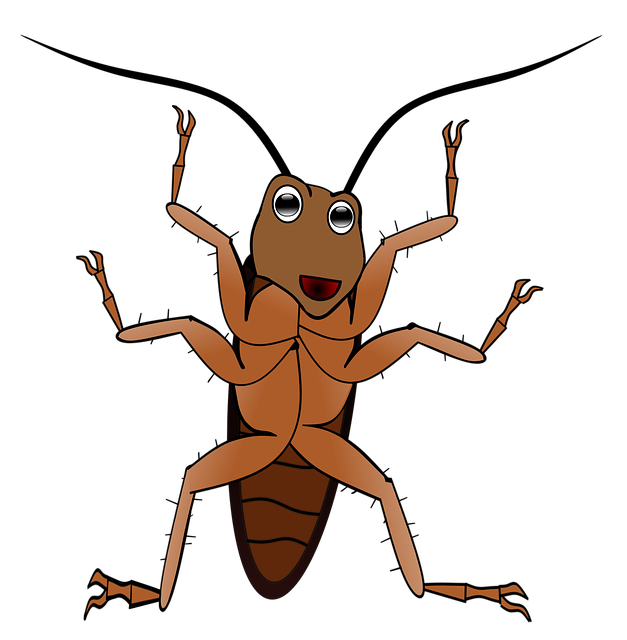
Maintaining a pest-free environment is an ongoing process, and seasonal adjustments play a significant role in effective pest control. In the warmer months, pests like mosquitoes, ants, and spiders proliferate, making it crucial to implement specific measures. One key tip is to keep your surroundings clean and clutter-free, eliminating potential hiding spots for insects. Regularly trimming vegetation and mowing lawns can also deter pests by reducing their shelter options.
For colder seasons, while some pests may hibernate, others adapt. Ensuring proper insulation in homes and sealing entry points is vital year-round. Additionally, storing seasonal items, such as holiday decorations or outdoor furniture, in sealed containers after use reduces the chance of pest infestation. These simple practices can significantly contribute to long-term pest prevention, ensuring a comfortable and healthy living space throughout the year.
Common Mistakes to Avoid in Pest Management
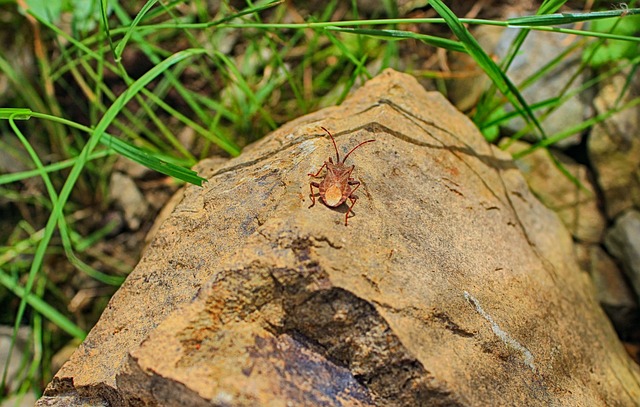
Many homeowners make common mistakes when it comes to pest management that can hinder effective pest control. One of the biggest blunders is ignoring signs of an infestation until it becomes severe. Pests are more manageable and easier to eliminate when detected early, so staying vigilant is key. Regular inspections and addressing any potential entry points or food sources can prevent pests from taking over.
Another mistake is relying solely on DIY methods without proper knowledge. While some simple precautions and home remedies can help, complex pest issues often require professional expertise. Using incorrect products or improper techniques might provide temporary relief but could also lead to resistance in pests and even health hazards. Always opt for licensed professionals who employ safe, environmentally conscious pest control strategies tailored to your specific needs.
Government Regulations and Safety Guidelines
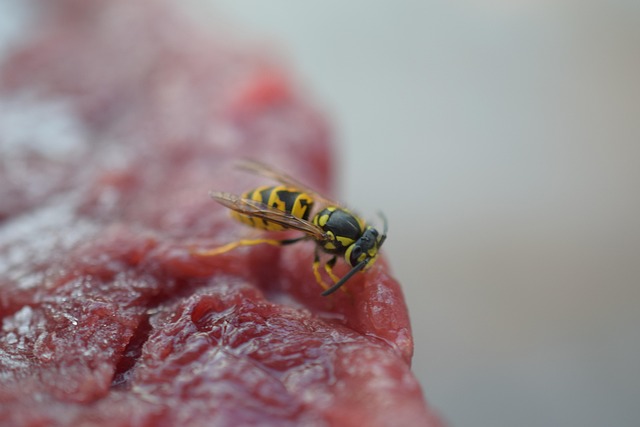
Pest control is a critical aspect of maintaining safe and healthy living environments, and government regulations play a pivotal role in ensuring these standards are met. Local, state, and national authorities have established comprehensive guidelines and laws to regulate pest management practices. These rules cover various aspects, from the types of chemicals allowed for use to strict protocols for handling and disposing of hazardous materials. Compliance with these regulations is essential not only for effective pest control but also for protecting public health and the environment.
Safety is a top priority when it comes to pest prevention. Government guidelines provide much-needed safeguards by dictating safe application methods, personal protective equipment (PPE) requirements, and storage practices for pesticides and other chemical substances. These regulations help prevent accidents, minimize exposure risks, and ensure that pest control services are conducted responsibly, fostering a safer community for residents and workers alike.
Eco-Friendly Practices for Sustainable Pest Control
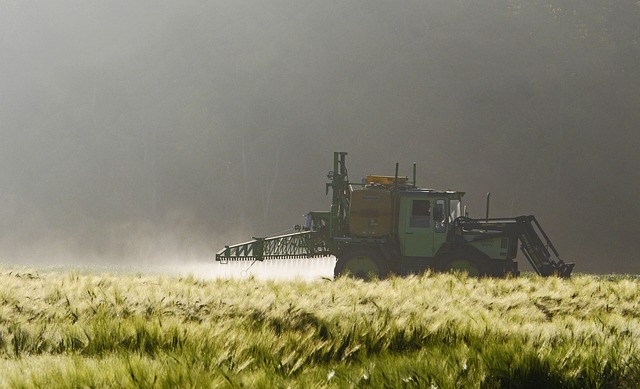
In today’s world, where environmental consciousness is on the rise, it’s crucial to adopt eco-friendly practices for sustainable pest control. Traditional methods often rely heavily on toxic chemicals that can harm not just pests but also beneficial insects, birds, and other wildlife. Moreover, these chemicals may contaminate soil, water bodies, and even indoor air, posing risks to human health. Eco-friendly alternatives, however, offer a safer and more holistic approach.
One such method is integrating natural predators into your environment. Encouraging the presence of beneficial insects like ladybugs and lacewings can help keep pest populations in check. Using organic repellents made from essential oils or plant extracts is another effective strategy. These solutions not only minimize ecological impact but also promote a balanced ecosystem. Additionally, proper sanitation, regular cleaning, and sealing entry points can prevent pests from invading in the first place, making eco-friendly practices a win for both your home and the environment.
